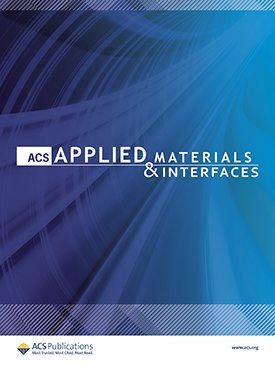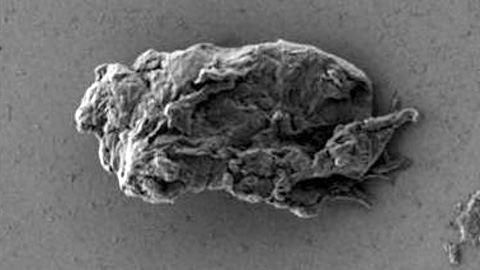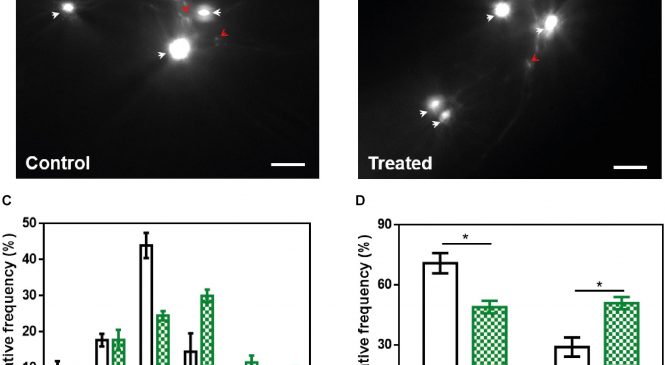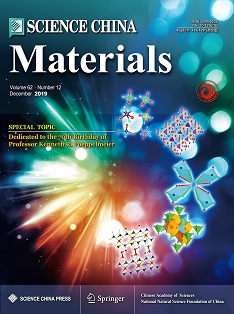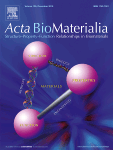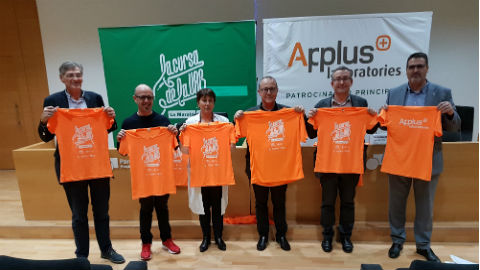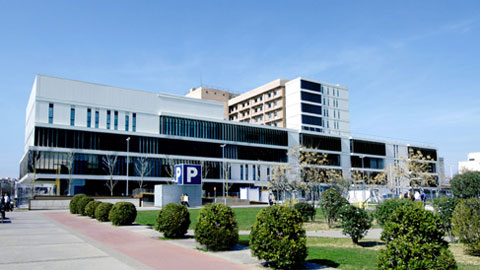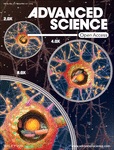
Dr. A. Villaverde (Engineering Secretory Amyloids for Remote and Highly Selective Destruction of Metastatic Foci)
https://doi.org/10.1002/adma.201907348
Abstract
Functional amyloids produced in bacteria as nanoscale inclusion bodies are intriguing but poorly explored protein materials with wide therapeutic potential. Since they release functional polypeptides under physiological conditions, these materials can be potentially tailored as mimetic of secretory granules for slow systemic delivery of smart protein drugs. To explore this possibility, bacterial inclusion bodies formed by a self‐assembled, tumor‐targeted Pseudomonas exotoxin (PE24) are administered subcutaneously in mouse models of human metastatic colorectal cancer, for sustained secretion of tumor‐targeted therapeutic nanoparticles. These proteins are functionalized with a peptidic ligand of CXCR4, a chemokine receptor overexpressed

